Signs Your Fence Needs Repair
A well-maintained fence not only enhances the aesthetics of your property but also serves essential functions like security, privacy, and boundary delineation. Over time, however, even the most durable fences can develop issues that compromise their appearance and functionality. Recognizing the signs that your fence needs repair is crucial to addressing problems promptly and preventing them from worsening. We will explore common signs of fence damage and deterioration, helping you understand when it’s time to take action to ensure the longevity and performance of your fence.
Common signs of fence damage and deterioration
-
Rotting Wood:
Wooden fences are susceptible to rot, particularly when exposed to moisture and humidity. Signs of wood rot include discolored, soft, or spongy areas of the wood. If you detect these symptoms, it’s paramount to address the issue promptly, as rot can spread and compromise the structural integrity of the fence.
-
Leaning or Sagging Sections:
Fence sections that are leaning or sagging are often an indication of weakened or damaged support structures. This can result from issues with fence posts, support brackets, or the overall fence foundation. If not addressed, the fence may eventually collapse or become unstable.
-
Loose or Missing Fasteners:
Over time, fasteners such as screws, nails, or bolts may become loose or corroded, leading to fence components becoming detached or insecure. Loose or missing fasteners can compromise the fence’s stability and security.
-
Cracked or Split Wood:
Cracked or split wood in your fence can occur due to weathering, age, or physical damage. These openings not only detract from the fence’s appearance but also weaken its structure. Cracked or split wood should be replaced to maintain the fence’s integrity.
-
Warping or Bowing:
Excessive moisture exposure can cause wood fence boards to warp or bow. This not only affects the fence’s appearance but can also lead to further damage if left unaddressed. Warped or bowed boards should be replaced to restore the fence’s original shape.
-
Termite Damage:
Termites and other wood-boring pests can wreak havoc on wooden fences. Signs of termite damage include small holes in the wood, sawdust piles, and weakened or hollow-sounding sections. Termite infestations should be treated promptly to prevent further damage.
-
Fading or Peeling Paint or Stain:
If your fence has been painted or stained, fading or peeling of the finish is a common indication of weathering and age. The finish is a protective barrier for the wood, so addressing this issue by repainting or restaining is crucial to maintaining the wood’s integrity.
-
Corrosion on Metal Components:
Fences with metal components, such as gates, hinges, or brackets, are susceptible to corrosion over time. Rust and corrosion can weaken these components, affecting the fence’s stability and functionality. Rusted metal should be treated or replaced as paramount.
-
Crumbling or Cracked Masonry:
For masonry or stone fences, signs of crumbling, cracking, or displacement of bricks or stones indicate structural issues. These issues can result from foundation settling or weather-related wear and tear. Masonry fence repairs may involve re-mortaring, replacing damaged bricks, or realigning stones.
-
Algae, Mold, or Mildew Growth:
Algae, mold, or mildew growth on your fence not only affects its appearance but can also contribute to wood rot and deterioration. Proper cleaning and treatment are paramount to remove these growths and prevent future infestations.
-
Fence Sections Are Wobbly:
Wobbly fence sections or posts that move when touched indicate instability and weakened support. This can result from loose or damaged fasteners, deteriorating support brackets, or inadequate foundational support.
-
Discoloration or Stains:
Diverse factors, including water damage, mold, mildew, or exposure to corrosive substances, can cause stains or discoloration on your fence. Addressing these stains not only enhances the fence’s appearance but also stems further damage.
-
Gaps Between Boards or Panels:
Gaps between fence boards or panels can develop due to warping, shrinking, or age-related wood movement. These gaps compromise privacy and security, and addressing them may involve replacing or repositioning the affected boards.
-
Noisy or Ineffective Gate Operation:
If your fence includes a gate, it should operate smoothly and quietly. A noisy gate may indicate issues with hinges or mechanical components. Additionally, gates that do not close properly can compromise security and should be repaired promptly.
-
Signs of Vandalism or Damage:
If your fence has been subjected to vandalism, damage, or impact, it’s paramount to address any resulting issues promptly. Cracks, dents, or structural damage may compromise the fence’s appearance and integrity.
Recognizing the signs that your fence needs repair is essential to maintain its functionality, appearance, and longevity. Regular inspections and prompt action can help stem minor issues from becoming major problems, ensuring that your fence continues to serve its intended purpose for years. Whether your fence is made of wood, metal, vinyl, or masonry, addressing these signs of damage and deterioration is crucial to keeping it in top condition. When faced with fence repair needs beyond your DIY capabilities, don’t hesitate to seek the expertise of professional fence repair services in Salem, Oregon, to ensure a lasting and effective solution.


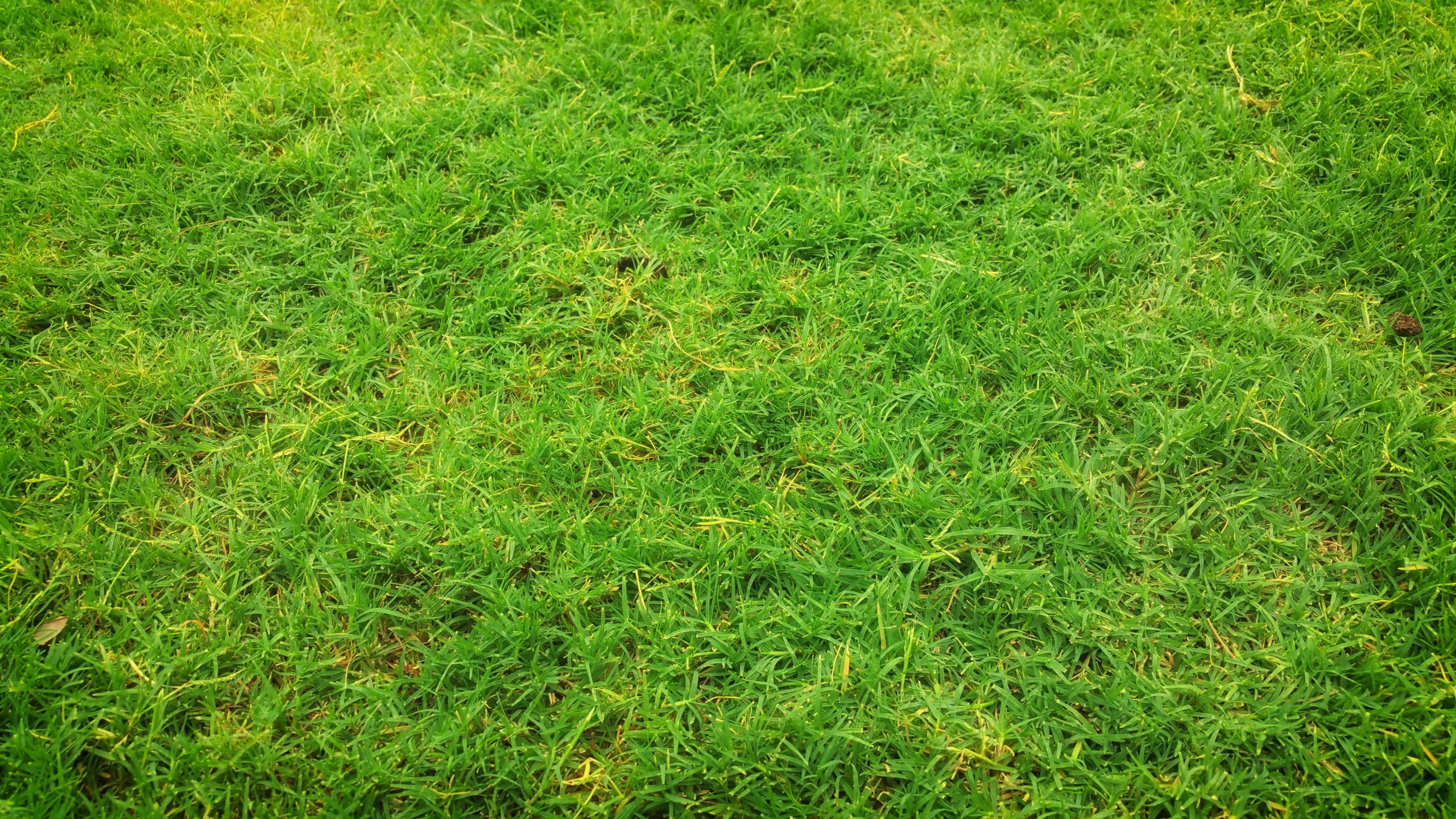




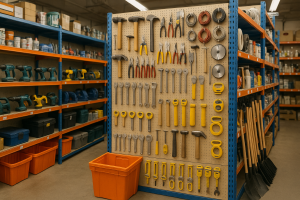

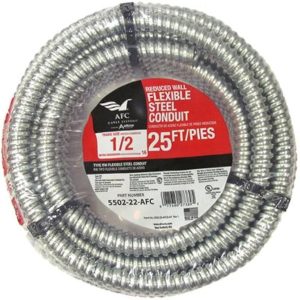
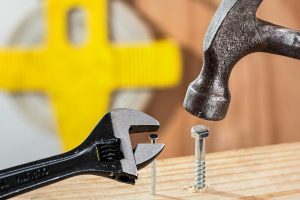

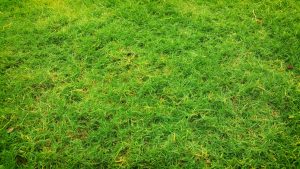

Post Comment
You must be logged in to post a comment.